
Date: 15 August 2017
PROJECT SNAPSHOT
Owner
RXR Realty
Architect
Boddewyn Gaynor Architects
Installer
Ecker Window Corporation
Window Design Consultation
Maurice Benor, Bill Wilder, Graham Architectural Products
Product
SR6700 Aluminum Steel Replica Window
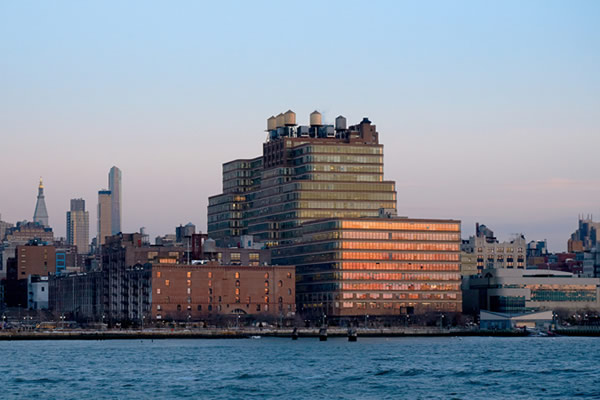
CHALLENGE
After the industry’s off-the-shelf solution was rejected, Graham was tasked with the challenge of creating a whole new window for New York City’s iconic Starrett Lehigh Building and its 5,000 openings.
Compounding the challenge were the demands of a very skeptical Landmark Preservation Committee, as well as serpentine strips of windows with radiused corners and angled mullions that had to be custom-made and precision-matched. Add structural and thermal requirements, and you have the ultimate test.
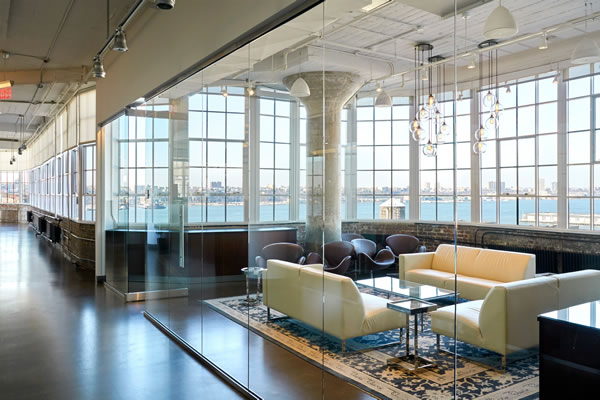
“This project must be the window job of the year (if not the century) – if any windows deserve an above-and-beyond restoration or specially made replacements, it is these.”
Historic Districts Council, NYC
A THOUSAND REASONS TO TRUST GRAHAM
At 2.3 million square feet, the Starrett Lehigh Building is larger than the Empire State Building. It occupies a full Manhattan city block, and is home to some of the world’s most recognizable brands – Martha Stewart Living Omnimedia, Club Monaco of the Ralph Lauren Corporation, and Tommy Hilfiger USA. In 1986, it was named a New York City landmark.
One other thing: It is wrapped in ribbons of windows that if placed end-to-end would extend eight miles. Maurice Benor laughs just thinking about it . “I used to call it ‘the window man’s dream’,” he says. “When you’re driving down the West Side Highway and you look at this building, you think, ‘This is what you dream about in the window business.’”
As Graham Architectural Products’ New York City regional sales manager, Benor eventually saw that 5,000-window dream come true. How it came about is a testament to relationships, persistence and ingenuity.
It started in 2011 with a call from Michael Ankuda, AIA, an architect at Boddewyn Gaynor Architects. Benor had worked with him previously. “He said, ‘There’s a job, it has windows on it. Are you interested?’ But he wouldn’t identify it. And I said, ‘Michael, for you, of course.’”
Ankuda was coy by design. “We were concerned that if the location was identified, everyone would think that they have a product meeting our needs,” he says. “Our first task was to identify those manufacturers interested in supplying eight or ten units.”
“He wanted people who were truly interested in the job,” Benor says. “He wanted realistic numbers from people who were going to work with him and not lowball him.”
Ankuda interviewed several window manufacturers to see if they could match the existing steel window profiles, giving them all the same information. They in turn submitted drawings and details, and Ankuda then reviewed their profiles and sightlines with the owners.
Graham emerged the winner.
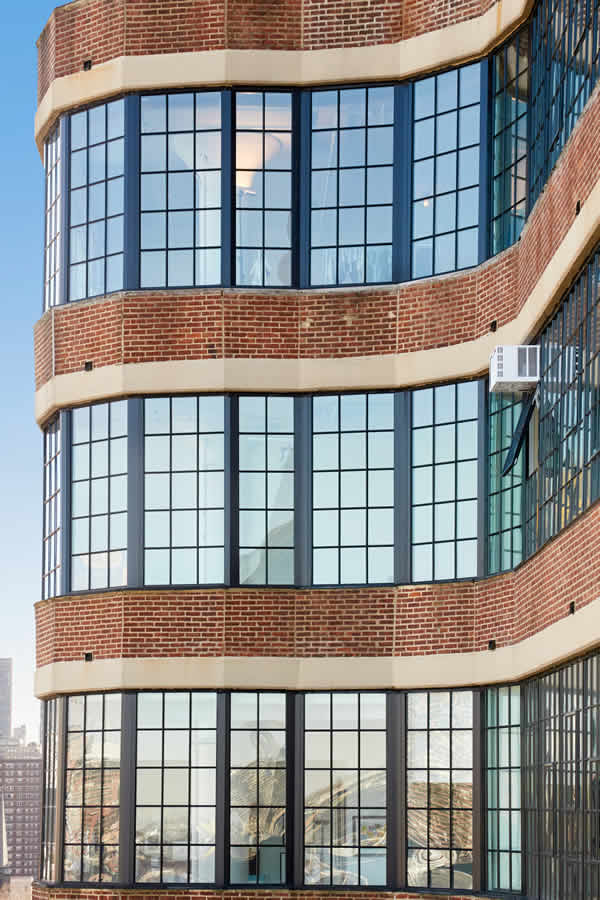
But that was just the beginning. Says Benor, “The trick was, we then had to get the window approved by the New York City Landmarks Preservation Commission (LPC).” And that was no ordinary challenge. According to Ankuda, for a window to be approved by LPC, it must first get an OK from the local community board. In this case, that was Community Board 4, which, Ankuda says, “was enthusiastic with ownership’s commitment to the historic property.”
But the bar for approval was extremely high. New York City’s Historic Districts Council had already referred to the project as “the window job of the year (if not the century),” adding, “if any windows deserve an above-and-beyond restoration or specially made replacements, it is these.”
As it turned out, restoration was not an option. Not only would it have been cost-prohibitive, but as Bill Wilder, Graham’s director of technical sales, explains, “They couldn’t even find somebody to quote it. Guys said, ‘This would shut down my business for four or five years; once it’s done how will I get back into the market?’”
They explored the option, though, actually renovating a couple windows and performing air and water tests, but window stripping failed miserably. “Plus,” Ankuda says, “the existing sections would not accept an IGU (Insulating Glass Unit) of any real value.”
So Graham, with Wilder leading the way, drew up details and created a full-size mockup of a special 6700 Series window originally endorsed by the owners. However, the LPC rejected it, sighting its lack of a well-defined floating vent, and muntins that were too thick.
Meanwhile, Wilder had been discussing windows with National Park Service representatives, who indicated there were countless old warehouse-type buildings across the United States with windows similar to Starrett-Lehigh’s.
“They kind of made a point,” he says. “If you were going to devote resources to developing a window, that would be an area where they felt there was a need. Nobody had done a good job of recreating that floating vent in the old steel true divided windows found in all these old factories and warehouses.
“Maurice and I had a conversation when we got news of the rejection, and I remember saying, ‘You know what? This is an opportunity.’ And he agreed. There was that little voice in the back of our heads, like, this is the type of job that can pay for the R&D for a new product that is unique to the industry.”
“After the first rejection from LPC, we knew the project was shifting towards a custom product,” Ankuda says. “Time and cost implications entered the equation. It took some time for Graham to sort it out amongst themselves, but they committed to R&D a custom matching unit.”
Ultimately, Graham took the window developed for 525@Vine, a National Park Service job in North Carolina, and reengineered it to incorporate the floating vent without altering the look of the small horizontal muntin bars that supported it.
Graham unveiled its breakthrough SR6700 – with the sightlines and floating vent appearance that are the signature of the window-centric building. The owner, RXR Realty, absolutely loved it. The LPC loved it, and Ankuda loved it too. “Bill is my window nerd, and that is a complement! He is intrigued with them, and he’ll make anything work.” Wilder added, “The Graham design team really rose to the occasion.”
Additional hurdles awaited. As Wilder explained, “There is a serpentine pattern to the windows on the setbacks. And replicating all the mullions was a particular challenge. Every corner, every angle, had to be custom-made and matched.”
Plus, the building was occupied, making installation a challenge. Graham Project Manager Colin Duguid was relocated from the company’s York, PA, headquarters to New York City to serve as the job’s dedicated field project manager.
Weekly meetings and nighttime installations optimized the process and minimized tenant inconvenience. And Graham made sure the installation was simplified as much as possible.
“Of all the projects I’ve worked on, that was the most fun,” says Wilder. “Because of the challenges and because it’s a really neat building. You throw that name around – ‘Yeah, we’re doing the Starrett Lehigh building’ – a lot of architects know that building.”
 600450
600450



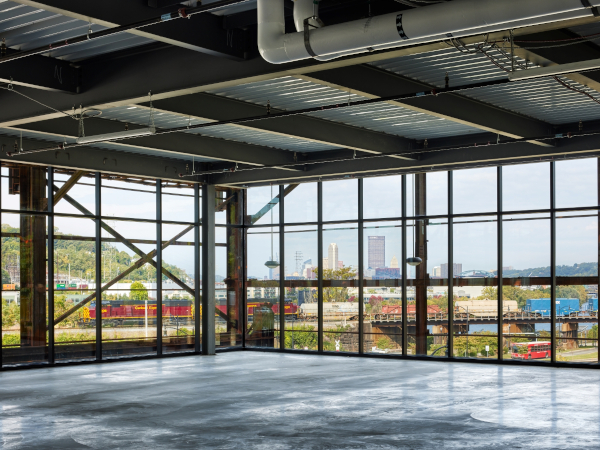
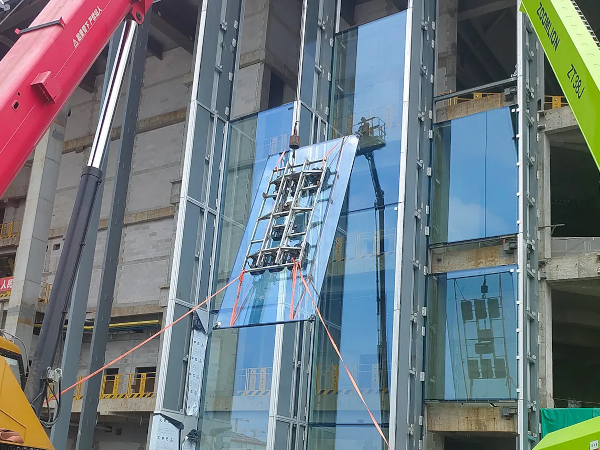









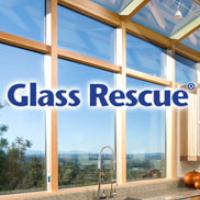

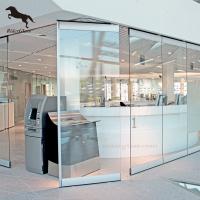

Add new comment